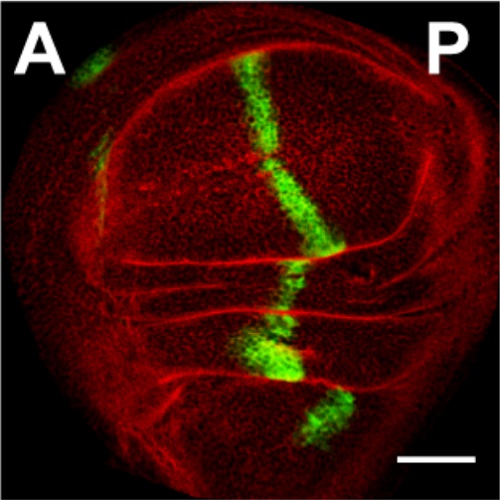Secretion and signaling activities of lipoprotein-associated hedgehog and non-sterol-modified hedgehog in flies and mammals.
Hedgehog (Hh) proteins control animal development and tissue homeostasis. They activate gene expression by regulating processing, stability, and activation of Gli/Cubitus interruptus (Ci) transcription factors. Hh proteins are secreted and spread through tissue, despite becoming covalently linked to sterol during processing. Multiple mechanisms have been proposed to release Hh proteins in distinct forms; in Drosophila, lipoproteins facilitate long-range Hh mobilization but also contain lipids that repress the pathway. Here, we show that mammalian lipoproteins have conserved roles in Sonic Hedgehog (Shh) release and pathway repression. We demonstrate that lipoprotein-associated forms of Hh and Shh specifically block lipoprotein-mediated pathway inhibition. We also identify a second conserved release form that is not sterol-modified and can be released independently of lipoproteins (Hh-N*/Shh-N*). Lipoprotein-associated Hh/Shh and Hh-N*/Shh-N* have complementary and synergistic functions. In Drosophila wing imaginal discs, lipoprotein-associated Hh increases the amount of full-length Ci, but is insufficient for target gene activation. However, small amounts of non-sterol-modified Hh synergize with lipoprotein-associated Hh to fully activate the pathway and allow target gene expression. The existence of Hh secretion forms with distinct signaling activities suggests a novel mechanism for generating a diversity of Hh responses.

- PLoS Biol. 2013 Mar 12;11(3):e1001505
- 2013
- Developmental Biology
- 23554573
- PubMed
Enabled by:
